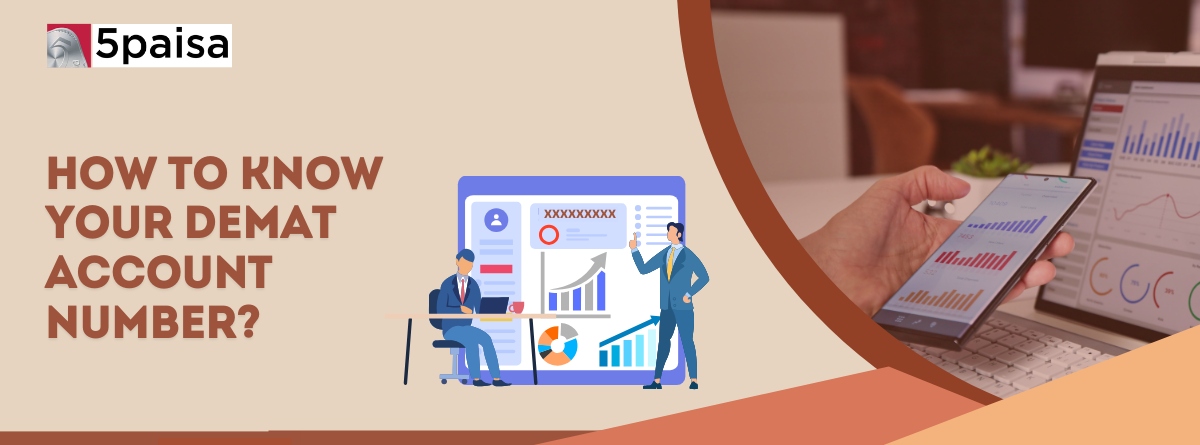Content
- How Can I Get My Demat Account Number?
- Importance of Your Demat Account Number
- Which Are The Two Demat Account Number Formats?
- How to Keep Your Demat Account Number Secure
- Conclusion
A Demat account, short for Dematerialised account, is essential for individuals looking to invest or trade in the stock market. Much like a bank account holds your cash, a Demat account securely holds your financial securities such as shares, bonds, and mutual fund units in electronic form. Understanding your Demat account number is crucial for seamless trading, accessing investment records, and ensuring smooth transactions.
This article explores what is a demat account number and how you can find your demat account number.
More Articles to Explore
- Difference between NSDL and CDSL
- Lowest brokerage charges in India for online trading
- How to find your demat account number using PAN card
- What are bonus shares and how do they work?
- How to transfer shares from one demat account to another?
- What is BO ID?
- Open demat account without a PAN card - a complete guide
- What are DP charges?
- What is DP ID in a demat account
- How to transfer money from demat account to bank account
Disclaimer: Investment in securities market are subject to market risks, read all the related documents carefully before investing. For detailed disclaimer please Click here.
Frequently Asked Questions
Your account opening time may vary from 7 to 20 days based on length of time it takes to process necessary paperwork. To start process of creating your account, you will need to provide few papers. When these documents are processed, your account will be prepared for stock trading online.
Your Demat account number is a 16-digit unique identifier that is assigned to your account for holding securities in electronic form.
Yes, you can find your Demat account number using your PAN card by checking with your depository participant or logging into your DP's online portal.
You can find it in your welcome kit provided by the Depository Participant (DP) when opening the account or in account statements and transaction records.
There is annual price associated with account. annual fee could be cheap or expensive, depending on service provider you've selected. There are no other drawbacks to having account. To prevent problems, make sure your stockbroker offers adequate oversight to enable seamless execution of trading operations in your account.
No, your Demat account number is a combination of your DP ID (first 8 digits) and client ID (last 8 digits).
Yes. The format differs depending on the depository:
NSDL demat account numbers are 16 characters long, beginning with ‘IN’ followed by 14 digits (e.g., IN30012345678901).
CDSL demat account numbers are purely numeric, consisting of 16 digits (e.g., 1234567890123456).
Yes, log in to your DP’s online portal or mobile app to view your Demat account details, including the account number.
Yes, they are essentially the same. BOID stands for Beneficial Owner Identification Number, which is the technical term used by depositories like CDSL. It refers to your unique demat account number that identifies your holdings under the depository system.
Contact your DP’s customer service with your registered details, and they will assist you in retrieving the number.
No, they are different. A trading account number is issued by your broker and is used to place buy or sell orders in the stock market. A demat account number is issued by the depository participant (through NSDL or CDSL) and is used to hold the securities you buy. Both accounts are usually linked, but their numbers and purposes are separate.
Yes, most trading platforms display your Demat account number under the profile or account settings section.




